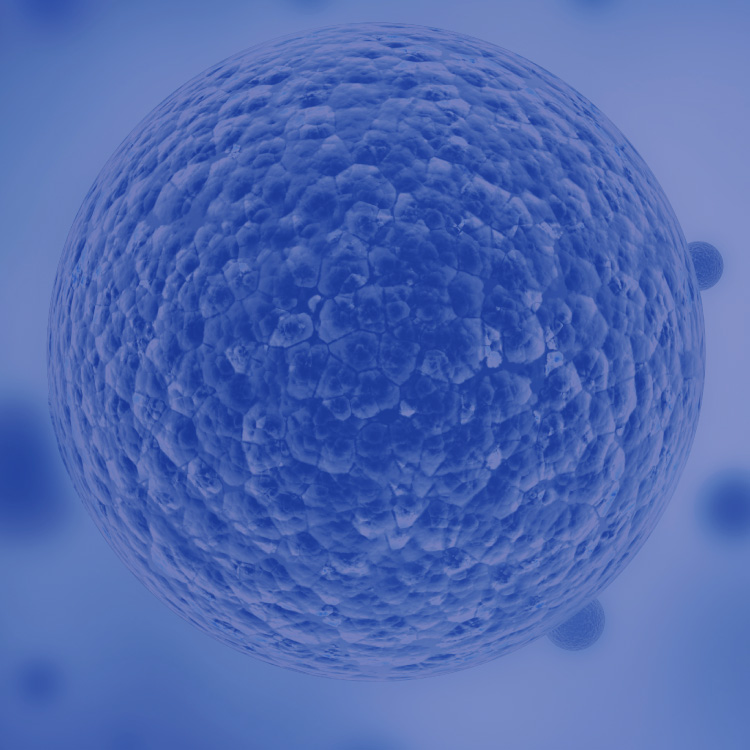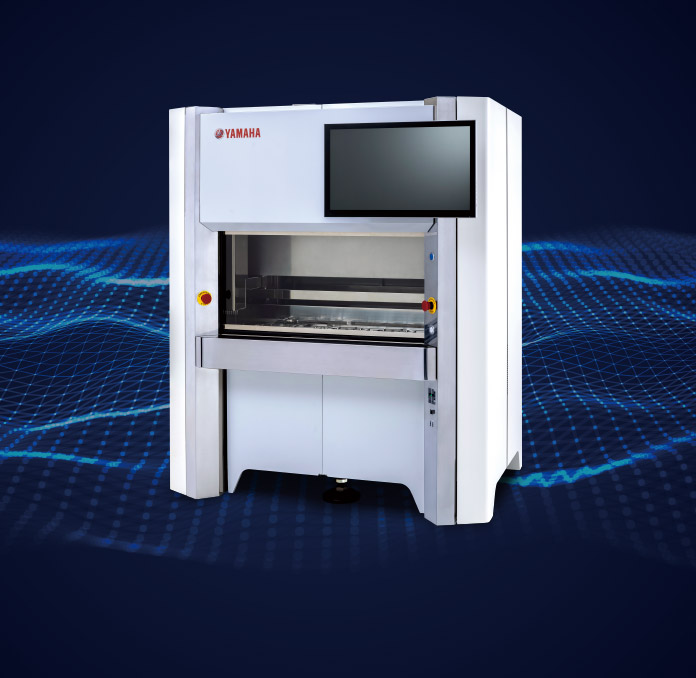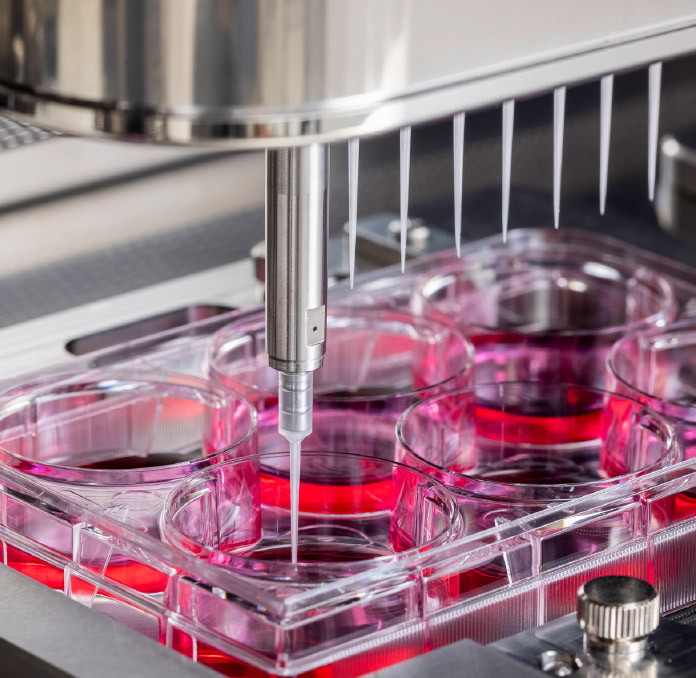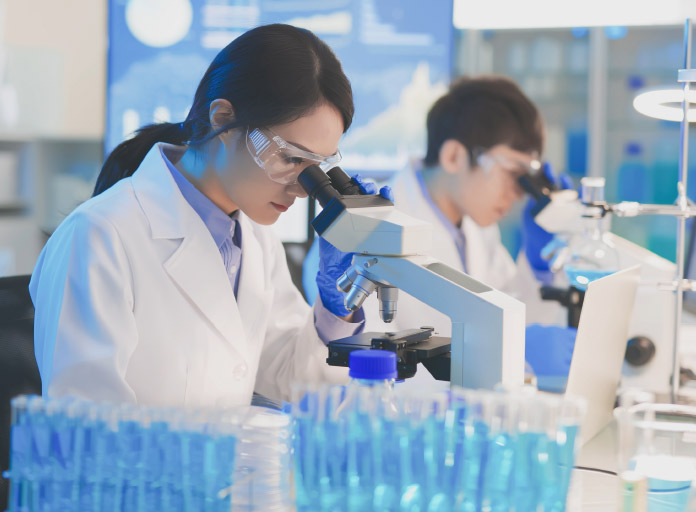News
June 16, 2025
Publication
Gou Takahashi, Minato Maeda, Kayoko Shinozaki, Yuichiro Miyaoka , et al.
“High-throughput robotic isolation of human iPS cell clones reveals frequent homozygous induction of identical genetic manipulations by CRISPR-Cas9”Stem Cell Research & Therapy volume 16, 2025
June 16, 2025
Article in Nature
An article about the CELL HANDLER™ was published in Nature. HiLung and Hub Organoids talk about how the CELL HANDLER™ helps their research.









